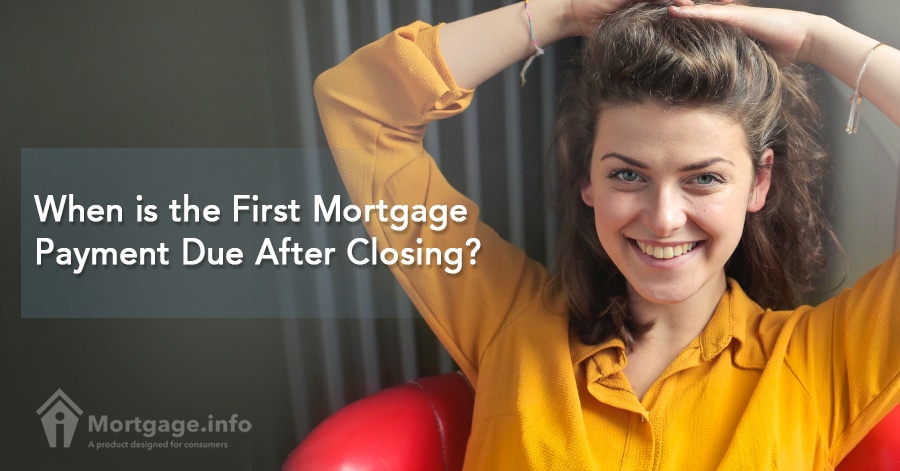
If you’ve heard it’s best to close your mortgage near the end of the month, you’ve heard right. You may have also heard that you won’t have a mortgage payment ‘right away’ when you close on a loan. That is true too. We will help you uncover the reason for the later payment date and what it means for your bottom line at the closing.
Looking for Current Mortgage Interest Rates? Click Here.
Paying the Prior Month’s Interest
Your mortgage payment is made up of principal and interest. It may also include real estate taxes and insurance, but we won’t complicate matters for this topic. For now, we will focus on the principal and interest.
The principal is the amount of money you borrowed. If you borrowed $200,000, you must pay $200,000 back by the end of the term. The interest is the bank’s charge for loaning you the money. Every day that the principal is outstanding, you will pay interest on that amount. Your loan is continually recalculated to determine how much of your payment goes towards interest – the remaining amount pays the principal.
The interest that you pay with each mortgage payment, though, covers the prior month. It makes sense since your loan is continually being recalculated to determine how much interest you owe. This doesn’t mean that your payment will change, because it won’t. What changes is how much of your payment actually pays down your principal and gives you equity in the home.
The ‘Skipped Mortgage Payment’
Now comes the part that everyone loves. Essentially, it feels like you skip a mortgage payment. If you close on April 15th, your first mortgage payment won’t be due until June 1st. We can see how you may feel like you skipped a mortgage payment.
Click to See the Latest Mortgage Rates.
Here’s the catch. You will owe the interest for April at the closing. The mortgage payment you make in June will cover May’s interest, which will be interest on the full amount of what you borrowed. There’s no payment to cover April’s interest, so it’s up to you to pay it at the closing as a part of your closing costs.
You’ll see it as a line item on your Closing Disclosure called prepaid interest. The lender will figure out how much your interest costs per day and then multiply that amount by the number of days you will have the loan during that month.
Going back to our April 15th closing day, you would pay interest for 15 days to get you through April 30th. Let’s say your interest was $35 per day. You would owe an additional $525 in interest.
Can you Lower the Amount of Prepaid Interest?
You’ve likely heard of the mad rush of closings that occur at the end of the month. It’s for good reason. These buyers/borrowers are trying to minimize the amount of prepaid interest they must pay at the closing. The closer that you close to the end of the month, the less interest you will owe at the closing.
For example, if you closed on the 29th, rather than the 15th, you would only have to pay one day of interest rather than 15 days. That means just $35, rather than $525.
While it’s true that your first mortgage payment isn’t due for at least one month, you are still paying for it in the end. Your best bet is to close near the end of the month to minimize the interest you pay at the closing.
